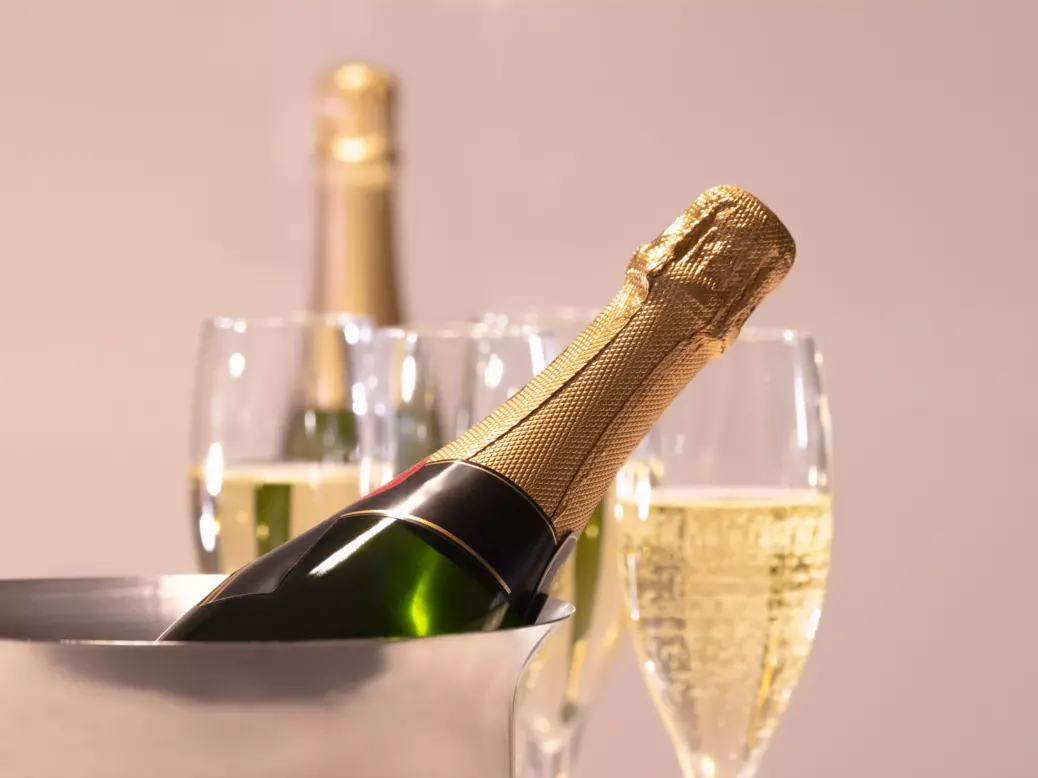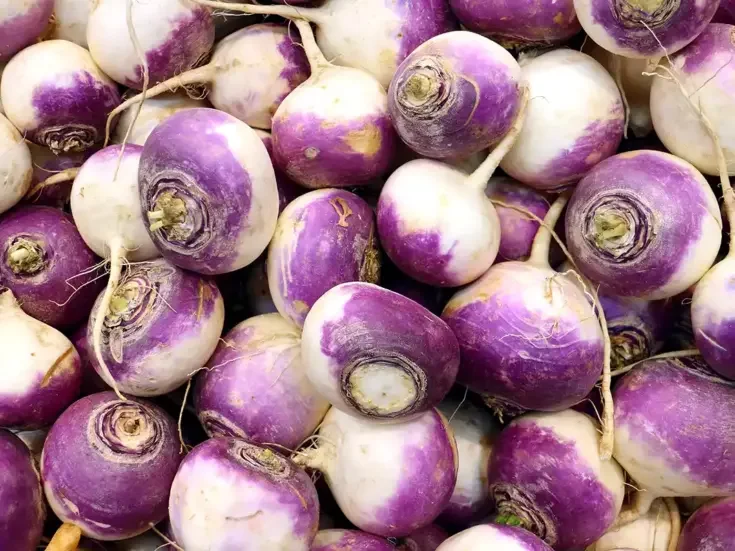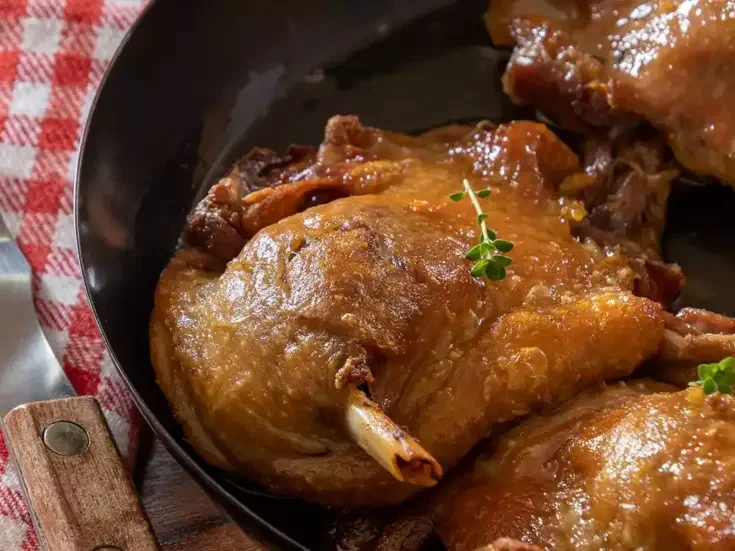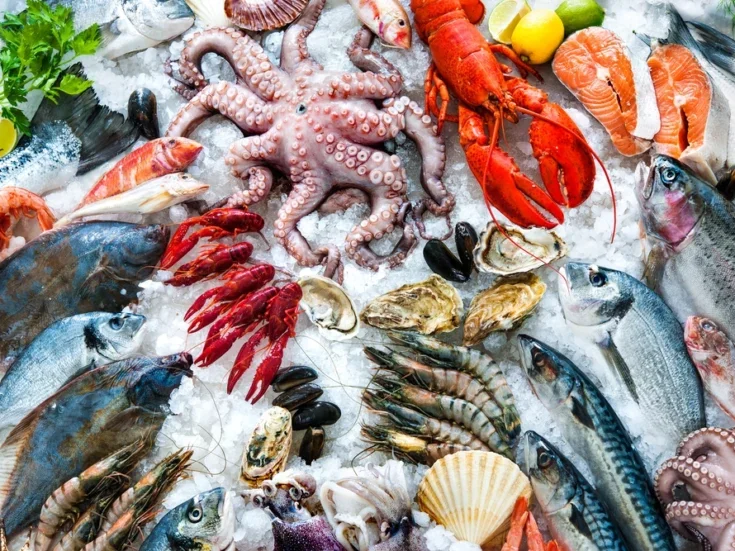
That “fizz” which distinguishes Champagne as we know it from other wines was for a long time considered undesirable by Champenois winemakers, and even the mark of a faulty wine. It’s also the cause of much of the excitement that surrounds opening a bottle of bubbly. But the bubbles aren’t all pomp and pageantry; they make for some wonderfully versatile champagne and food pairings.
When bottled, carbonated drinks are under higher pressure than normal atmospheric pressure. This results in much more carbon dioxide being dissolved in the drink, forming carbonic acid in the process. It’s this acid which gives Champagne and other carbonated drinks that distinctive “fizzy” taste – not the bubbles.
Because of this, Champagne has the ability to compliment a surprisingly diverse range of dishes. Champagnes made from different grapes and of varying levels of dryness can take you all the way through a five-course meal, offering a choice worthy pairing from starter to dessert. Here’s a list of some unlikely combinations and longstanding classic Champagne food pairings.
The best food pairings for champagne
Fried Chicken
Champagne certainly has the status to go with even the finest foods, and although this isn’t simply circumstantial, the drink is really a class-chameleon, and a drink of the people, just as Soviet sparkling wine was the drink of the proletariat. In line with this thought, and not a likely combination, granted, Champagne pairs very well with fried chicken. The high acidity and carbonation found in a Brut Champagne cut through the rich, crisp, and salty fried chicken, without compromising or overwhelming the flavours.
Thai cuisine
Champagne, particularly a sweet and fruity vintage Blanc de Blancs or Rosé Champagne, can have notes that contrast in spicy flavours in a way that accentuates the strengths of both the food and the drink. For this reason, Thai food, often reduced to being consumed with beer, can actually be really enhanced when washed down with Champagne. It’s a cuisine bursting with spices, heat, sweet, and fruity flavours and the bubbles in Champagne are great for softening the salinity of a dish and keeping the palate fresh.
Ceviche
This Peruvian lunchtime special is fantastically accompanied by a light bodied and lower alcohol Champagne. If the Ceviche is a spicy one, a Champagne that is on the sweeter side might be preferred. The acidity of the Champagne really platforms the many and varied flavours of the Ceviche. The cycle of imbibing Champagne while ingesting ceviche is really very pleasant, with the alternating flavours bouncing off of each other. You will probably be eating Ceviche at lunch time, in which case a singular glass of Champagne alongside such an invigorating dish, should prevent any post-lunch lethargy.
Steak Tartare
Although the idea of raw beef might have you reaching for a light, juicy red wine, the extra acidity of a Rosé Champagne, combined with the carbonation, can make for a really wonderful pairing. Lean meat can still feel slightly fatty when raw, hence the benefit of opting for a drink with enough acidity and bite to cut through. Given that Steak Tartare is often heavily seasoned and condiments like Worcester and Tabasco sauce appearing alongside the dish, you might want to opt for a sweeter Rosé Champagne where possible.
Oysters
Champagne and Oysters are an all-time classic, and it would be rude for them not to feature on this list. To get the pairing spot on though, you have to select the oysters and wine carefully. The oysters should be raw and as fresh as you can get them (they are in season during months containing a letter ‘r’). The minerality of raw oysters is beautifully accented by the fine bubbles and subtle acidity commonly found in a fine Brut Champagne.
Read more: The best aperitif food pairings






